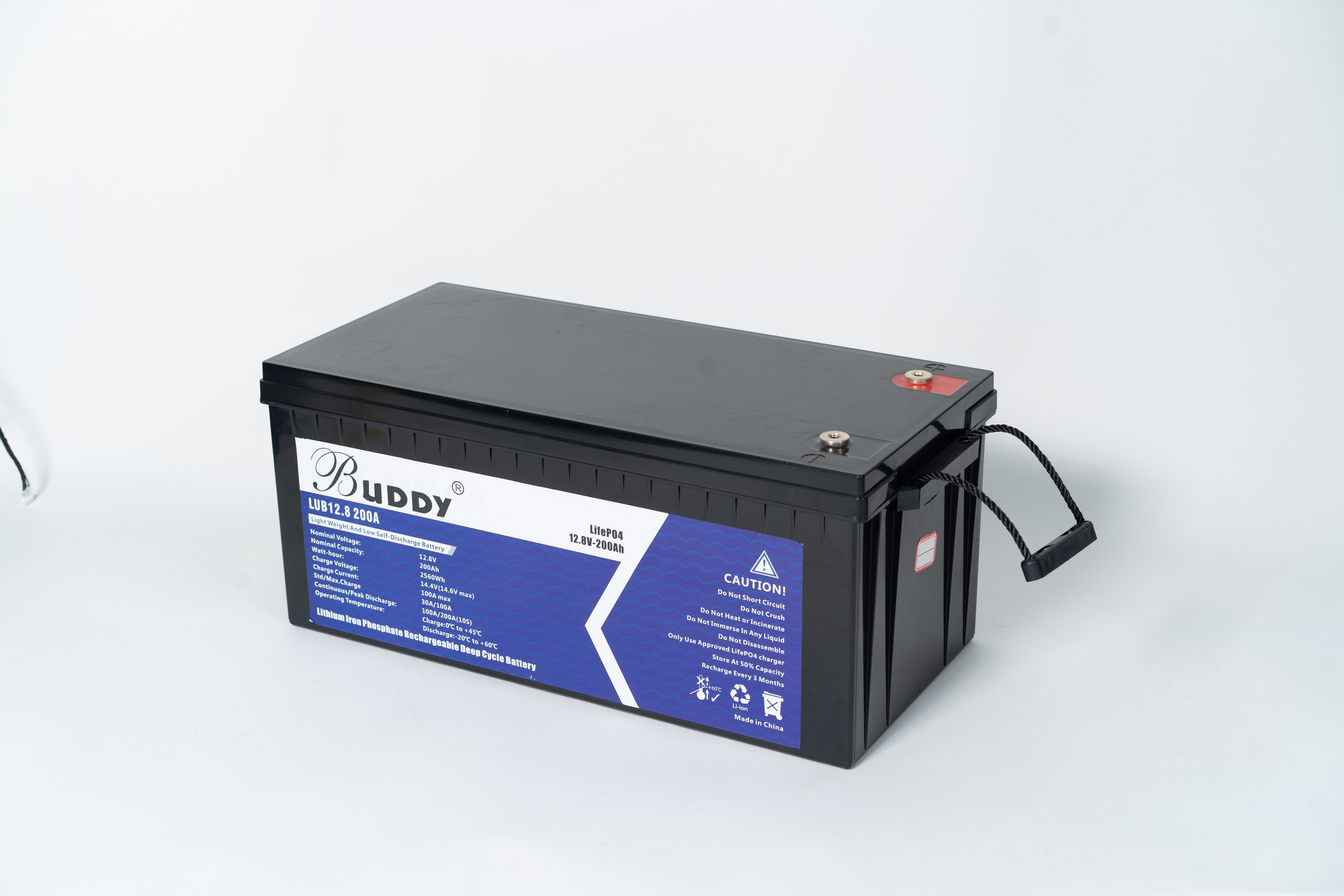Uninterruptible Power Supply (UPS) systems are crucial for ensuring uninterrupted power to critical loads in the event of primary power source failure or fluctuations. Among the various types of UPS systems available, the Lead-Acid UPS is widely recognized for its efficiency, reliability, and cost-effectiveness. This article delves into the details of Lead-Acid UPS, exploring its components, working principle, benefits, and applications.

1. Components of a Lead-Acid UPS:
A Lead-Acid UPS system consists of several key components that work together to provide a seamless power backup solution. These components include:
a. Battery Cells: The heart of a Lead-Acid UPS, battery cells are responsible for storing and releasing electrical energy. Lead-Acid batteries are preferred for UPS applications due to their high energy density, long life, and low cost.
b. Charger: The charger is responsible for recharging the battery cells when the primary power source is available. It ensures that the batteries are always fully charged and ready to provide power during an outage.
c. Inverter: The inverter is a crucial component that converts the DC power stored in the battery cells into AC power suitable for driving critical loads. It ensures a stable and reliable power supply during emergencies.
d. Control Unit: The control unit monitors and manages the entire UPS system. It detects power failures, manages the transfer of power between the primary source and the battery, and regulates the charging and discharging of the battery cells.
2. Working Principle of a Lead-Acid UPS:
The Lead-Acid UPS operates based on the reversible chemical reaction between lead plates in the battery cells. During the charging process, the lead plates absorb electrons from the primary power source, converting chemical energy into electrical energy. When the primary power source fails, the battery cells release these stored electrons, providing power to the critical loads through the inverter.
3. Benefits of Lead-Acid UPS:
a. Cost-Effectiveness: Lead-Acid UPS systems are relatively inexpensive compared to other types of UPS systems, making them a popular choice for various applications.
b. Long Life: Lead-Acid batteries have a longer lifespan compared to other battery types, reducing replacement and maintenance costs.
c. High Energy Density: Lead-Acid batteries have a high energy density, allowing them to store a large amount of energy in a relatively small space.
d. Wide Temperature Range: Lead-Acid batteries can operate effectively within a wide temperature range, making them suitable for diverse environments.
e. Reliability: Lead-Acid UPS systems are known for their reliability and stability, ensuring uninterrupted power supply to critical loads.
4. Applications of Lead-Acid UPS:
Lead-Acid UPS systems find applications in various industries and sectors, including:
a. Data Centers: Lead-Acid UPS systems provide critical power backup for servers, storage systems, and other IT infrastructure in data centers.
b. Communication Networks: Lead-Acid UPS systems protect communication equipment, including routers, switches, and telecom systems, from power failures.
c. Industrial Automation: Lead-Acid UPS systems ensure uninterrupted power supply to industrial control systems, robots, and manufacturing equipment.
d. Healthcare: Lead-Acid UPS systems are essential for medical devices, such as ventilators, monitors, and life support systems, in healthcare facilities.
e. Transportation: Lead-Acid UPS systems find applications in electric vehicles, trains, and ships, providing power backup for essential systems.
Conclusion:
Lead-Acid UPS systems offer an efficient, reliable, and cost-effective solution for ensuring uninterrupted power supply to critical loads. With their long life, high energy density, and wide temperature range, Lead-Acid UPS systems have become the preferred choice for various industries and sectors. As the demand for reliable power backup solutions continues to grow, Lead-Acid UPS systems will remain a vital component in maintaining uninterrupted operations.